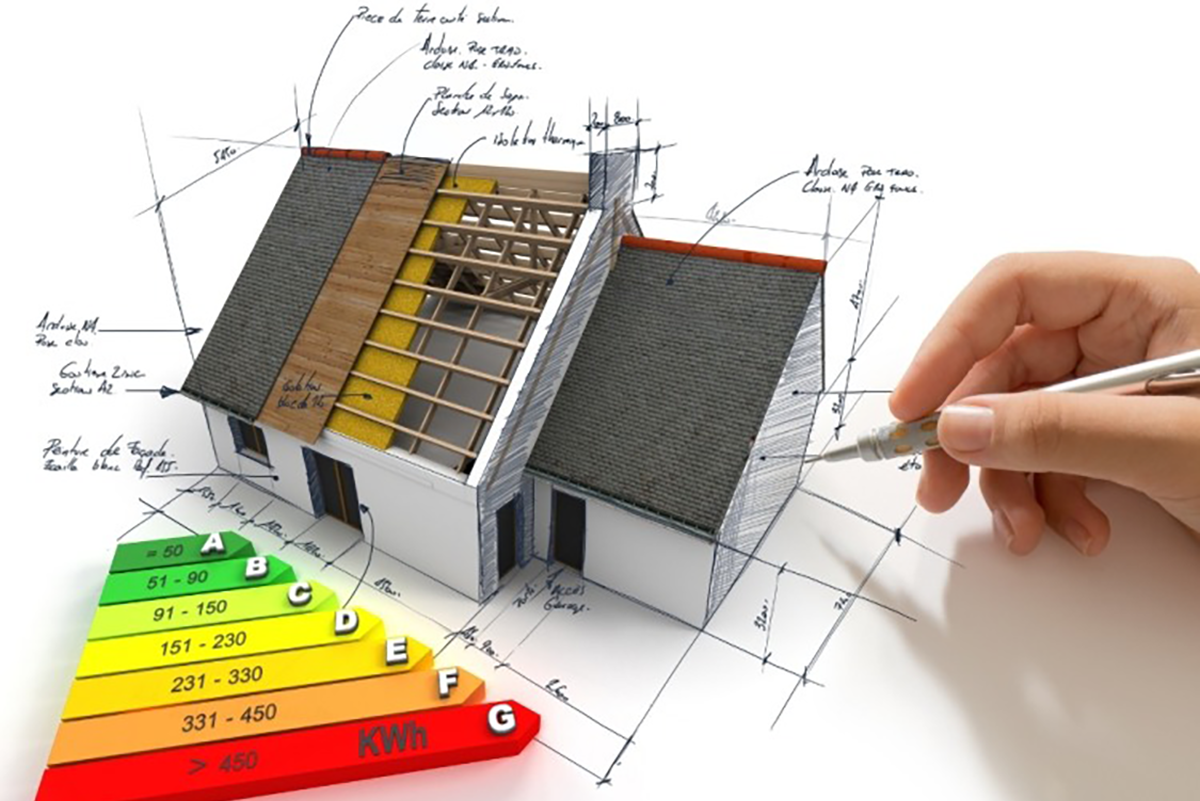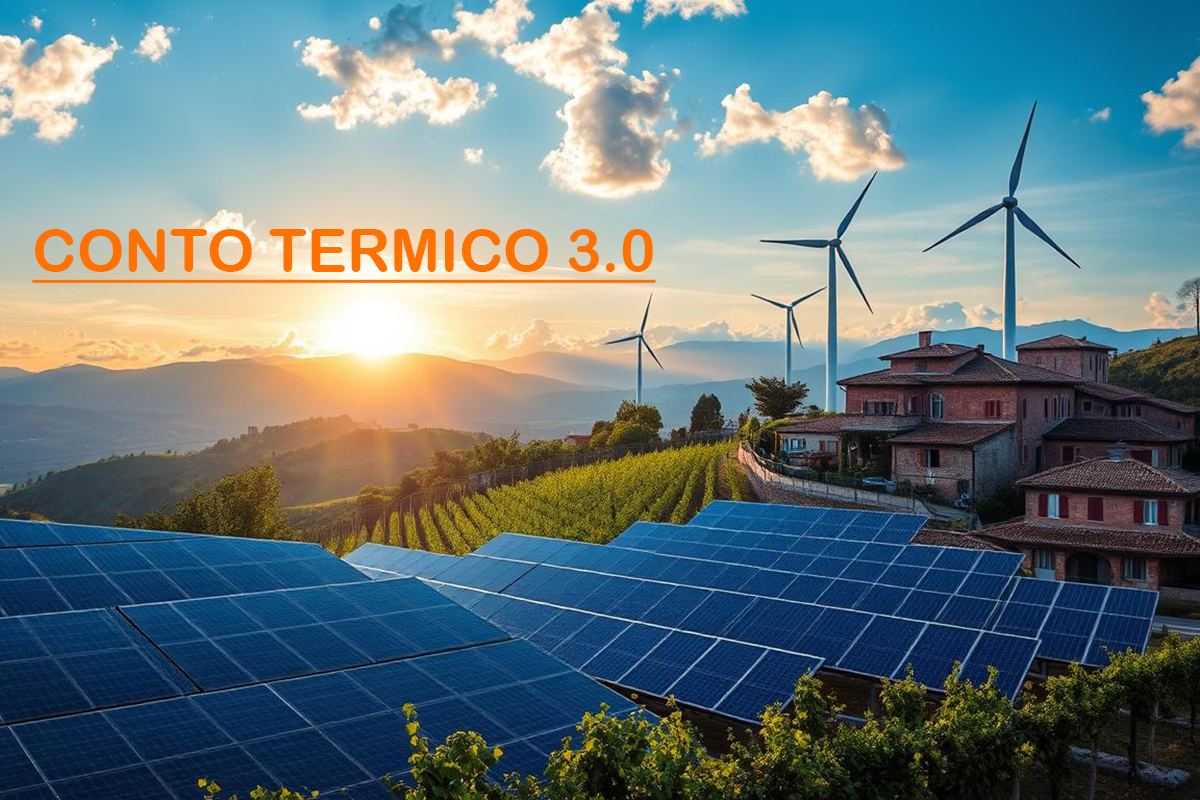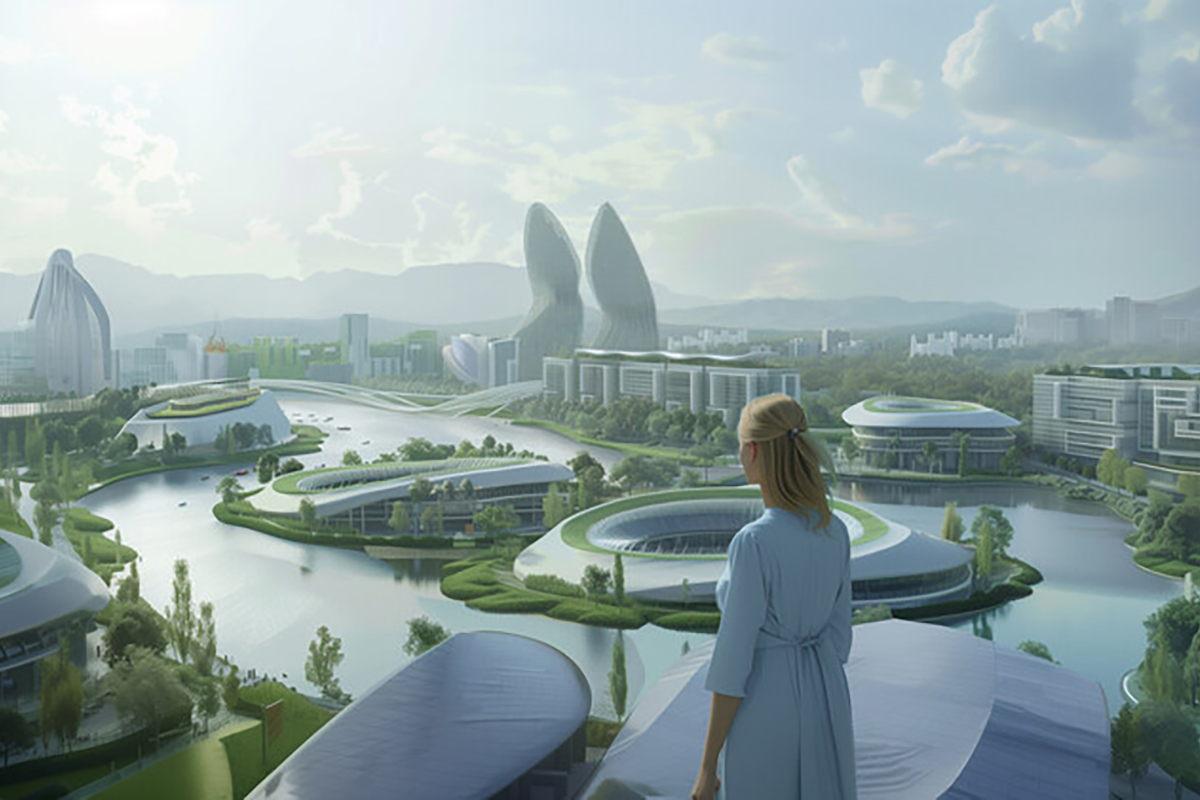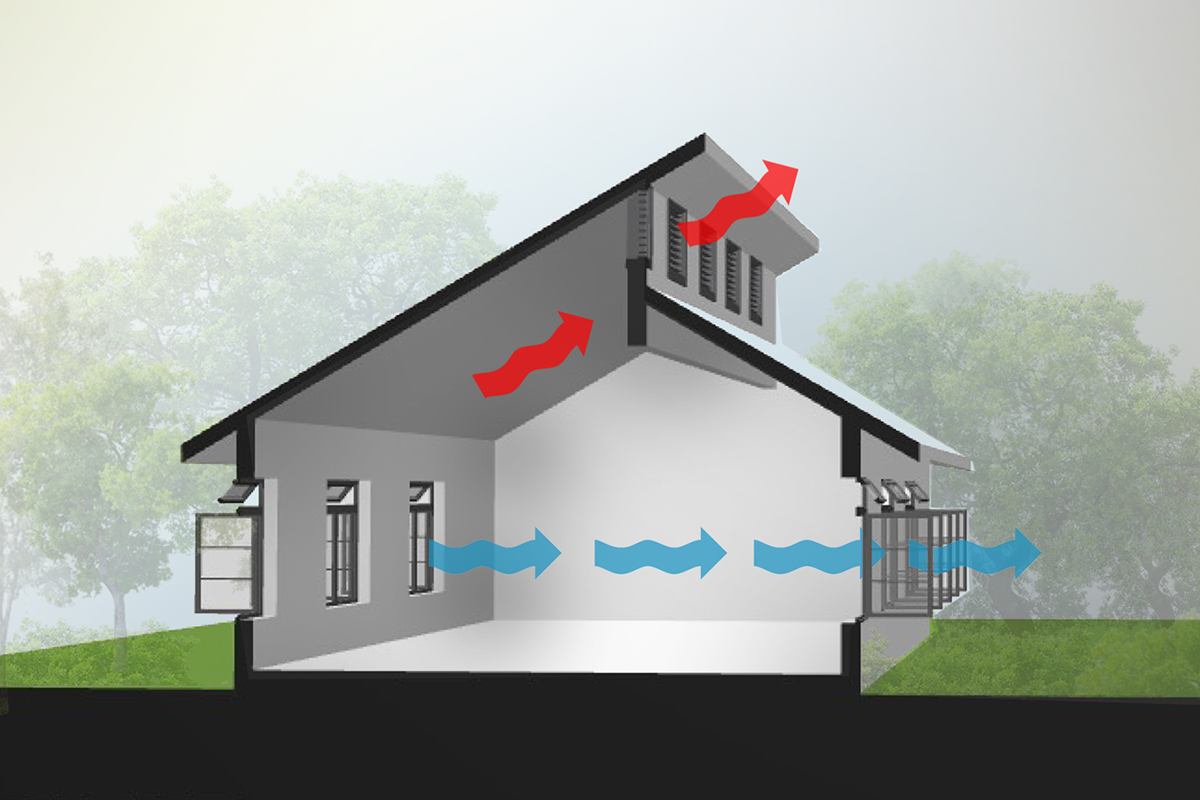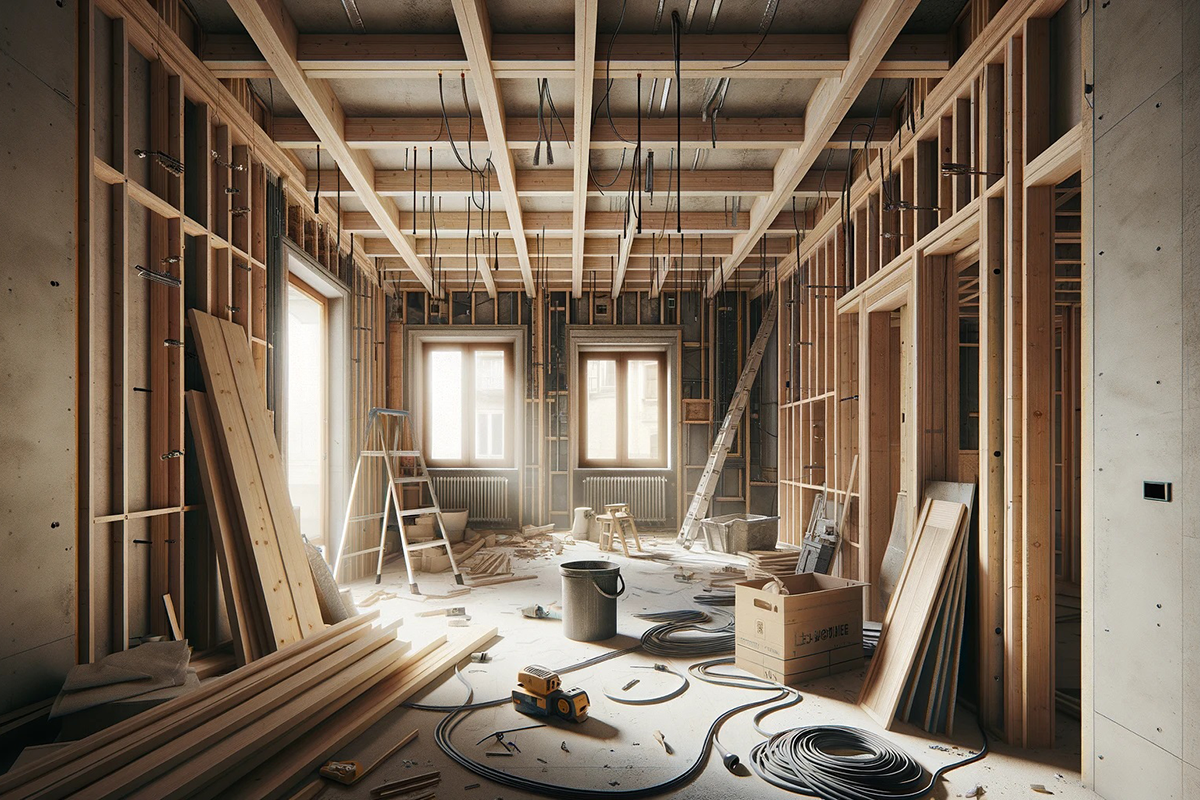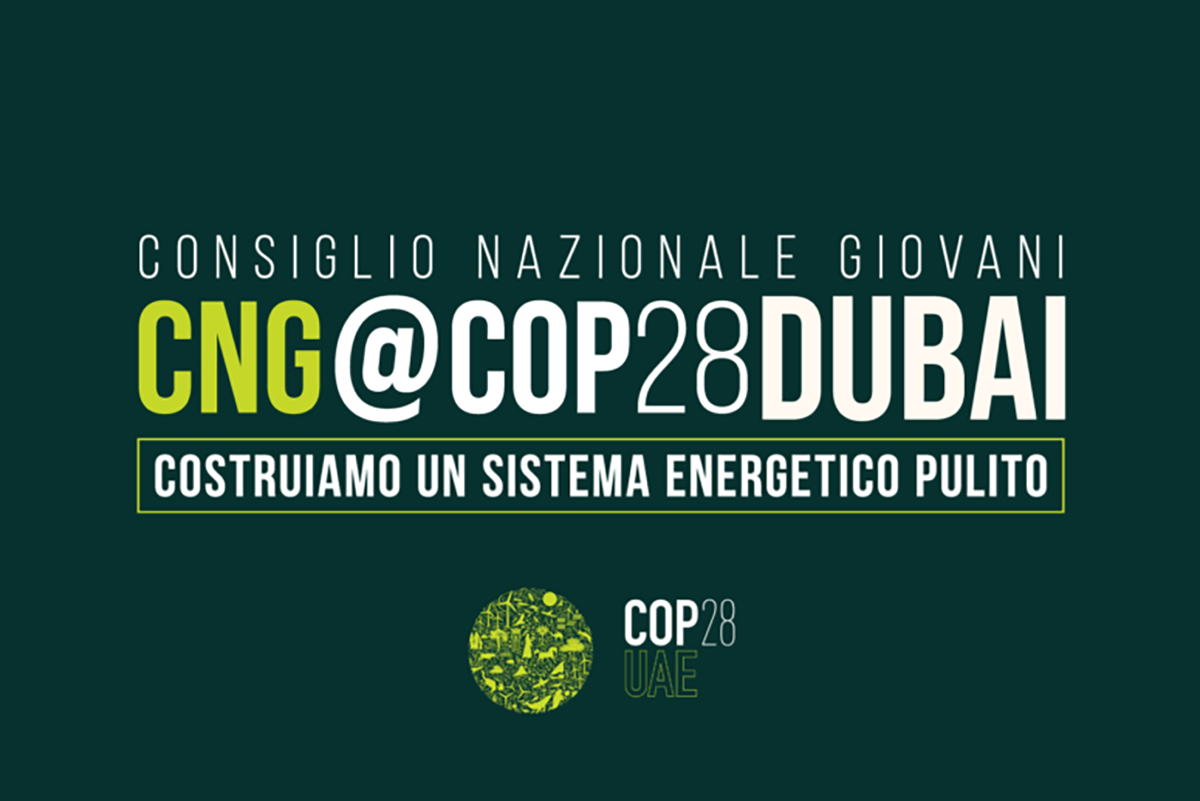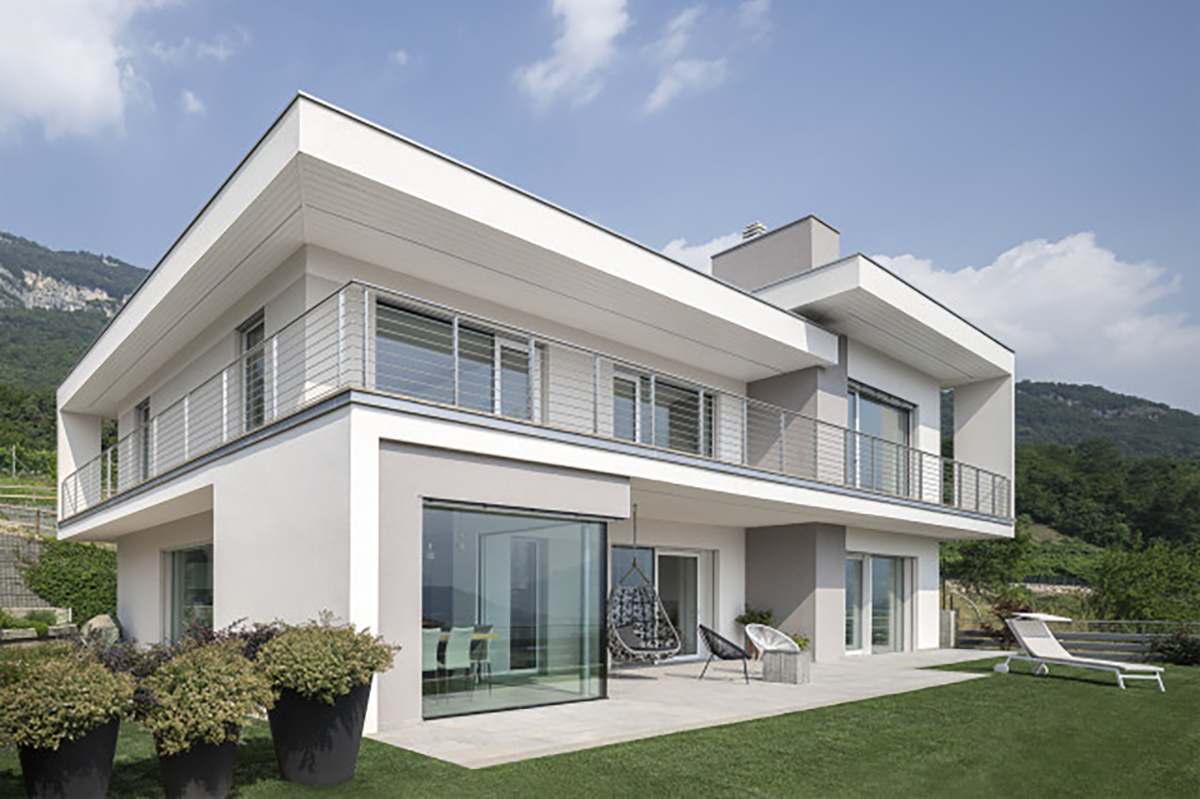News
Improvement of the energy class of a building by focusing on renewable sources: intervention scenarios
INTERVENTION SCENARIO FOR ENERGY REQUALIFICATION
When proceeding with the energy retrofit of existing buildings, numerous challenges emerge. In addition to architectural or landscape constraints, problems related to the owners´ reticence in using insulating materials are faced. In some cases, the possible interventions are limited to those that do not alter the external appearance of the building, such as in protected areas where only ordinary maintenance works are allowed.
Frequently, to overcome these obstacles, we opt to update existing systems with systems that use renewable energy, such as replacing traditional boilers with heat pumps connected to photovoltaic systems, avoiding interventions on the building envelope or limiting ourselves to the replacement of fixtures .
EFFECTIVENESS OF ENERGY SAVING INTERVENTIONS
The proposed example considers an 80m2 single-family house in Milan, with a brick structure and wooden window frames with single glass, heated by a gas boiler. Two intervention scenarios are proposed for this house:
Thermal insulation of walls, floors and roofs, replacement of fixtures, without modifications to the systems.
Replacement of the heating system with a heat pump and installation of a photovoltaic system.
RESULTS OF ENERGY MODELING
The first scenario involves a significant improvement in the energy class, moving from class G to class C, reducing energy consumption by approximately 5 times compared to the initial state. This scenario does not alter existing systems, significantly reducing energy losses.
IMPACT ON EFFICIENCY AND COMFORT
Despite the notable energy improvement, scenario 1 is very invasive and requires occupants to leave the home during the works. However, the improvement of the building envelope guarantees a drastic reduction in energy dispersion and an increase in internal comfort thanks to temperature uniformity, as well as better internal air quality thanks to the installation of controlled mechanical ventilation systems.
CONCLUSIONS
The improvement of the energy class by focusing on renewable sources and the effectiveness of the proposed interventions demonstrates that it is possible to obtain significant energy savings and improve living comfort. However, the effectiveness of such interventions depends greatly on the specific characteristics of the building and its location, as well as on the willingness to support invasive and potentially costly interventions.
